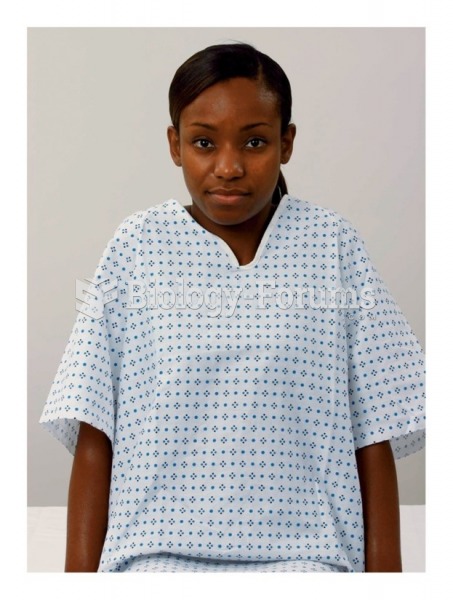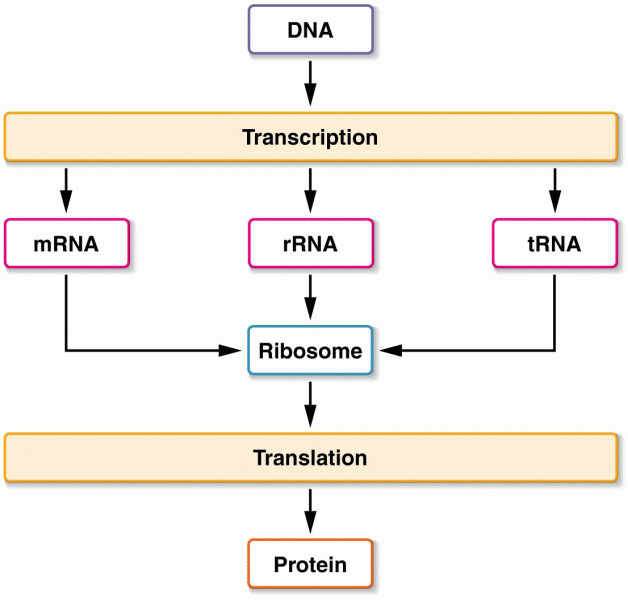Answer to Question 1
Direct shipping operations bypass distribution facilities, fulfilling retail store requests from the primary production point (manufacturer's factory or warehouse) rather than interim distribution facilities that hold inventory. Similarly, Internet retailers directly distribute goods to the end consumer without the need for retail outlets. Direct shipping avoids the need to build and operate distribution facilities, reduces inventory in the system, and often compresses order cycle time. Direct shipping works particularly well when customers place orders for truckload quantities or when product perishability is an issue.
On the downside, it is expensive to deliver small quantities to buyers (reduced transportation efficiencies), and there is limited safety stock readily available to protect against demand surges. Furthermore, many companies are not capable of fulfilling orders for case and individual unit quantities. Thus, it is important to consider product characteristics, demand volume and variability, and related issues before making the decision to establish a direct shipping strategy.
Properly planned distribution facilities can address the shortcomings of direct shipping. These facilities, including traditional warehouses, DCs, and cross-docking facilities, provide the supply chain with additional capabilities. Warehouses and DCs can hold goods in anticipation of customer orders, provide a buffer of safety stock to protect against contingencies, and handle small quantity orders efficiently from transportation and fulfillment standpoints. Cross-docks can provide a high-velocity alternative to direct shipping at lower transportation cost with product mixing capabilities.
Of course, it is necessary to analyze the inventory, transportation, and service tradeoffs before choosing between direct shipping and the use of distribution facilities. The ultimate answer may be to employ a combination of the two strategies to ensure distribution efficiency and customer satisfaction.
Answer to Question 2
D







